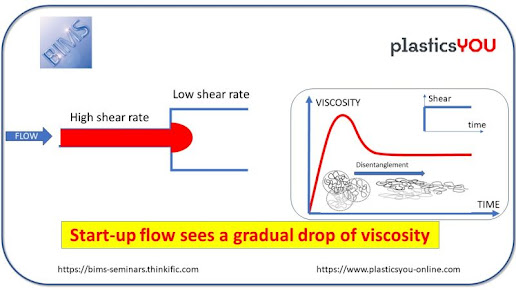Today's KNOWLEDGE Share:PLA BOTTLE
Today's KNOWLEDGE Share Ever wondered how we can reduce plastic pollution in India? The Mysuru-based Defence Food Research Laboratory (DFRL), affiliated with the DRDO, has launched an eco-friendly remedy with the introduction of biodegradable water bottles. Crafted from sustainable Polylactic acid (PLA) material, these bottles not only combat plastic waste but also contribute to reducing the overall carbon footprint. The best thing about this bottle is its all-encompassing sustainability approach – the bottle, cap, and label are all compostable. This innovation, derived from 100% bio-based and renewable sources, sets us on a path towards environmental conservation and fosters a greener and more sustainable future. Source:The Better India #polymers #bioplastics #pla #compostable #ecofriendly #sustainability


Comments
Post a Comment